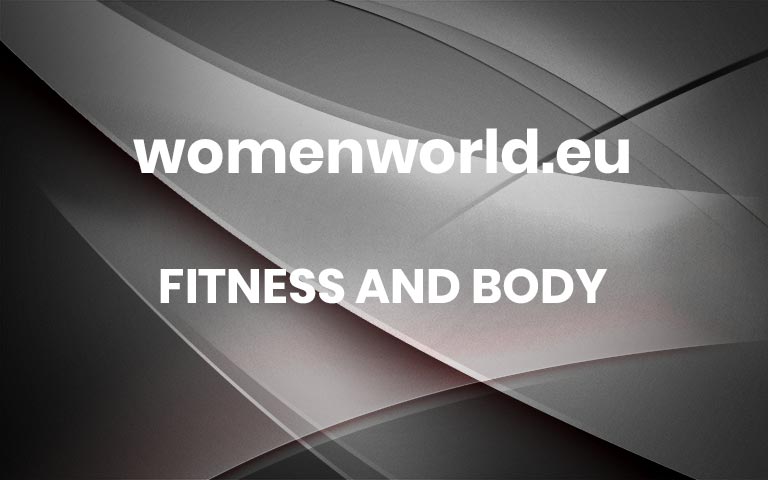Anthropologist, Poet And Author Lebohang Masango On Exploring Paths Less Travelled
Despite her mother being anxious about what career prospects this rare path would open for her, Lebohang allowed passion to trump fear. “I’ve always been a person who follows my heart. Anthropology was something I enjoyed and could spend hours doing and thinking about. So, I asked mom to just trust me,” she shares.
Lebohang studied anthropology at a time when there was a big shift towards nurturing a new breed of anthropologists whose work wouldn’t only live in academic journals and textbooks. “Because anthropology involves studying people, we want to create work that will be seen and tangibly change people’s lives,” she enthuses.
READ MORE: Banesa Tseki On How Yoga Gave Her A New Lease On Life
Through the many worldviews that anthropology afforded her, Lebohang has gone on to craft a bold career that challenges the order of things and makes space for fresh perspectives — even the unpopular ones.
BREAKTHROUGH
Her biggest breakthrough to date, she says, was a campaign where Standard Bank gave a few influencers a small budget and asked them what leap of faith they would take if money wasn’t a biggie. The year was 2016, and Lebohang had been feeling incredibly overwhelmed with putting together her master’s dissertation. “I remembered how much joy reading brought me as a child and toyed with writing for children because my brain was desperate for something new,” she says. At the time, poetry, her master’s dissertation and adulting had left her wallowing in frustration, she adds. “Writing for children is more difficult than writing for adults but it was a challenge that I thoroughly enjoyed,” she says.
A series of creatively planned events led to Lebohang self-publishing the award-winning Mpumi’s Magic Beads in 2017, followed by The Great Cake Contest a year later. In the same way that her socio-political beliefs were layered in the storyline of Mpumi’s Magic Beads – and influenced by her Honours research on primary school policies on hair and the effect it has on young girls – Lebohang’s new adult novel is centred around her 2019 Master’s thesis on adult women’s choice to enter into consensual relationships with men of a particular financial and social standing.
READ MORE: Actress Shannon Esra On Learning To Trust Her Intuition
EXPLORING UNPOPULAR NARRATIVES
Lebohang has read 2000+ books to date, a habit she’s grateful for but is also quick to admit that, “I have slowed down on reading in my adult years because, well…Adulthood! [chuckles]”. Currently a social anthropology PhD candidate at the University of Pretoria, Lebohang wanted her debut novel The Soft Life: Love, choice and modern dating to explore a new narrative. “Academia tends to problematise romantic relationships, especially around young Black women and men. I’m coming from a perspective of ‘what else is there to talk about when we remove illness, stigma and an overbearing focus on violence?’ I believe that the book has done what I was taught in anthropology – to make sure that my work lives beyond the very rigid walls of academia,” she explains.
The never-before-explored themes in The Soft Life have already earned some disapproval — even from her own mother. However, she’s willing to take it all in her stride because she believes it’s important to always make room for new perspectives. “Being on the opposite side of people’s moral stances has been hard but receiving feedback from people who totally get the book has been affirming,” she says. Now that Lebohang proved her resilience through an emotionally taxing process of writing an entire novel, what’s next on the cards for her? “I’m working hard to submit my PhD dissertation, all 80 000 words — that’s a very big thing that I need to accomplish.”
READ MORE: Exactly How To Be More Confident When Networking, According To Women In Business
BEST DOWNTIME
“Taking walks, sleeping, reading, spending time with my partner, listening to jazz and watching trashy reality TV shows. My anthropologist brain’s always trying to search for the meaning being created through these reality TV show moments. I think they’re incredibly valuable!” More




